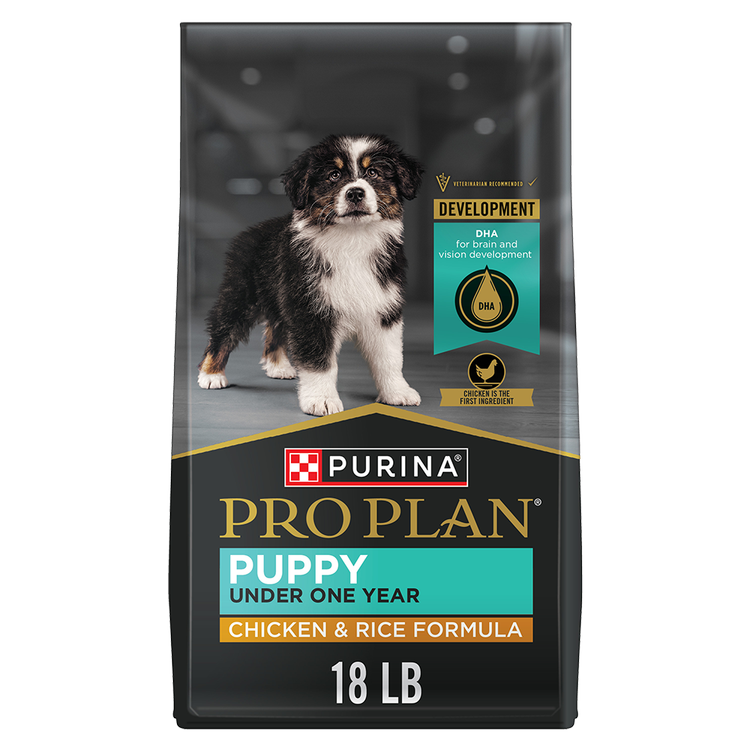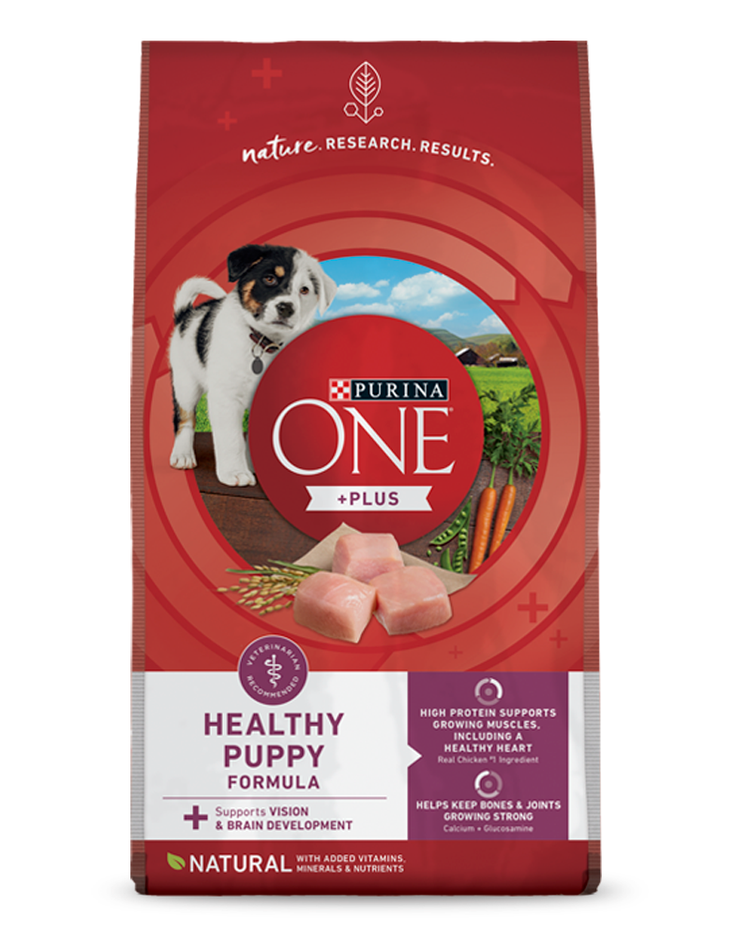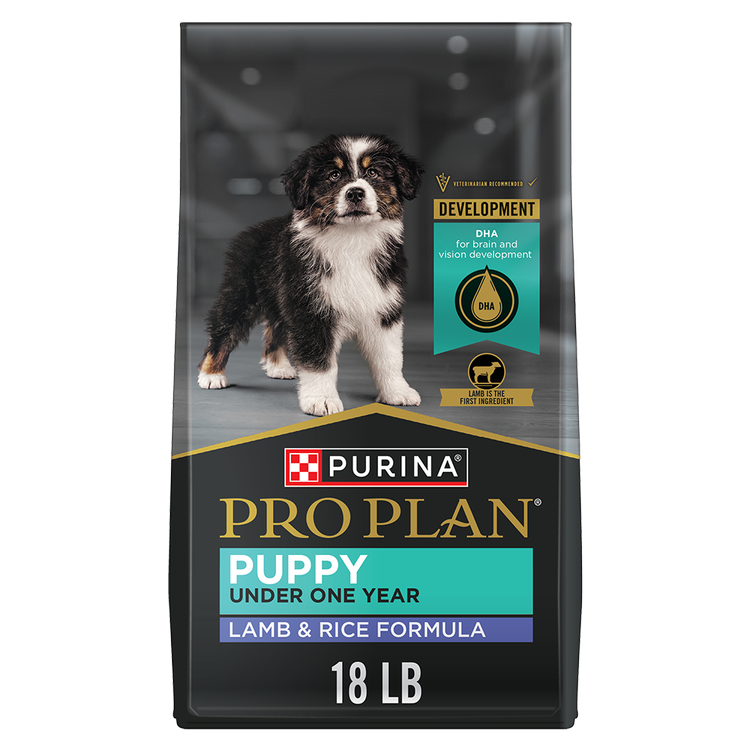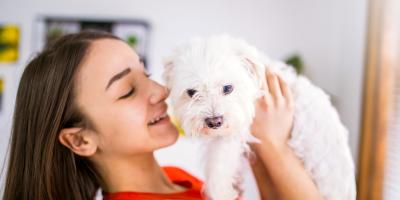Learn How to Leash Train Your Puppy


Leash training a puppy can have major benefits for you and your dog. From a practical standpoint, a leash gives you control and provides your puppy with safety, all while letting them explore their new world.
It’s also key to walking your puppy. Walking is good for you and your dog’s health, provides an opportunity to have quality time with your family, and helps with training as well. Leash training makes walks more enjoyable and productive for everyone.
Why Leash Train Your Dog?
- It keeps your puppy from taking off during a walk, which can help keep them safe.
- It can stop your puppy from becoming overly excited and/or agitated.
- It’s a tool you can use in other training, like housetraining, learning to “Come” or other lessons.
- Many municipalities have leash laws.
- It allows you to bring your puppy almost anywhere.
How to Leash Train
First, get your puppy used to wearing a properly fitted collar. All puppies need to be comfortable wearing a collar, so put a non-tightening one on your puppy as soon as they come home.
Once your puppy is okay with wearing their collar, follow these steps to begin leash training:
- Attach the leash and let your puppy drag it around the house under your supervision.
- Do not pull on the leash or try to force your puppy to go when they are resisting. Kneel down to their level and call them in a “happy” voice to help entice them.
- Give them slack and praise warmly when they head in the right direction. That, more than anything, will signal that they made a good choice.
- It is customary to walk puppies on the left side. Get your puppy used to walking on your left side by simply guiding them there every time you go outside together. Praise and reward them any time they show up in that position.
- Encourage your puppy to focus on you when you go for walks by using plenty of encouragement. Give commands and communicate.
- You may also want to start teaching the “Heel” command when you start taking walks. (Learn more about obedience commands.)
- Keep a short but loose leash. This gives your puppy less opportunity to stray while remaining comfortable.
Common Leash Training Challenges
Some puppies will take to leash training more quickly than others. If your dog seems stubborn or slow to learn, don’t give up hope. Here are some common challenges with helpful solutions.
Pulling
Pulling when leashed is common behavior for most dogs. Rather than yanking the leash in response, stand still until your dog returns to you. Once they’re calm, start walking again. This can take time, so it’s important to be patient. Try starting in your yard or an area free from too many distractions, like squirrels to chase.
Lunging, Barking and Growling
If you know your puppy reacts aggressively to specific stimuli, try to spot it before they do. Create space between your dog and their trigger and offer them treats. This will train them to focus on you when they see another dog, a skateboarder, etc.
Biting the Leash
Dogs that bite their leash may do so out of excitement or anxiety. Before a walk, calmly show them their leash at home, and offer praise when they can react without excitement. Then, tell them to sit and reward them for remaining calm as you attach the leash.
Choosing Your Puppy’s Leash
If you’re wondering how to leash train your puppy, a good leash is a vital tool. Here are some of the most common options.
Traditional
The traditional, basic dog leash typically comes in nylon, leather or cotton and is widely available. Most have a loop for your hand with a simple clip that attaches to your dog’s collar or harness.
Retractable
With a retractable leash, you can extend the leash line to as much as 30 feet (depending on the model) with the push of a button. Note that the extendable line may reward pulling by giving your dog greater freedom to move away from you.
Stretch
Made for dogs that pull, these leashes are intended to soften the impact for your dog when they suddenly reach the end of the leash.
Dog Collar Options
When leash training your puppy, you can choose from several different styles of dog collars made to address different training goals and methods.
Flat Collar
The flat collar attaches around your dog’s neck with a buckle or snap.
The collar should be tight enough so your puppy cannot remove it, but not so tight that it causes discomfort. Check regularly to ensure a proper collar fit by making sure you can fit two fingers between the collar and your puppy’s neck.
Head Collar
A head collar (or halter) loops around your dog’s muzzle and neck. Make sure the head halter is properly fitted, and give your dog time to adjust before heading out for a walk. Head halters make it difficult for dogs to pull, so it’s a great tool while they’re learning to walk on the leash.
Never pull on the leash of a dog wearing a head halter, as this can hurt their necks. The dog should be the one putting tension on the leash when they go too far and then stopping once the head and neck start to turn. Over time, your dog should learn not to pull on the leash and you can transition to a regular collar.
Limited-Slip Collar
A limited-slip collar (sometimes referred to as a martingale or Greyhound collar) is designed to tighten in case your puppy tries to escape by backing out of it. They’re ideal for dogs with narrow heads.
Body Harness
Body harnesses are tolerated by many dogs because they don’t put pressure on sensitive areas. A back harness acts like a head collar but uses less pressure. Front harnesses are ideal for pullers. Hybrid models are also available.
Consider using a harness rather than a collar for brachycephalic breeds (breeds with pushed-in faces, like Pugs).
For more helpful training insights, check out the myPurina app.
Learn more dog training tips from our experts. You can also visit our Pet Expertise page.
For your own personalized dog training plan, download Zigzag, the most advanced dog training app, for free and unlock 1 month of Premium Access with unlimited lessons, tailored guidance, and 24/7 expert support using code PUR30 at payment.
Install Zigzag for free now to get started

Be Rewarded for Your Purina Purchases
Earn and redeem points for Purina products with myPurina app.






